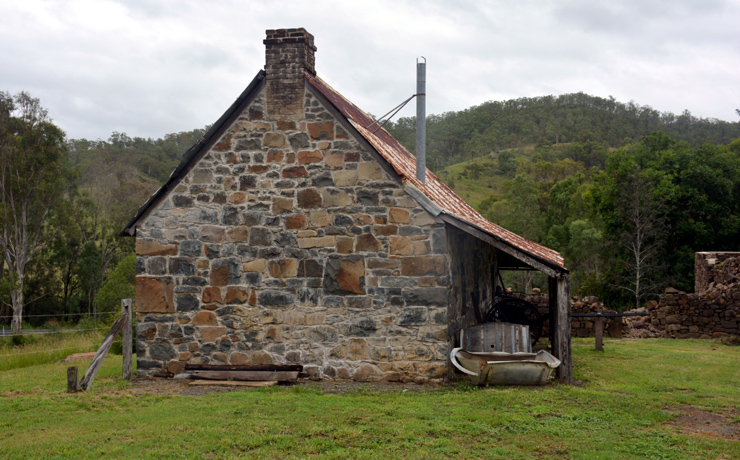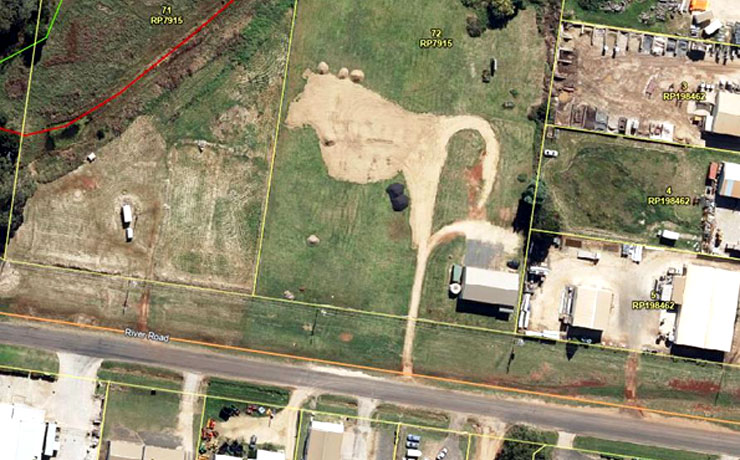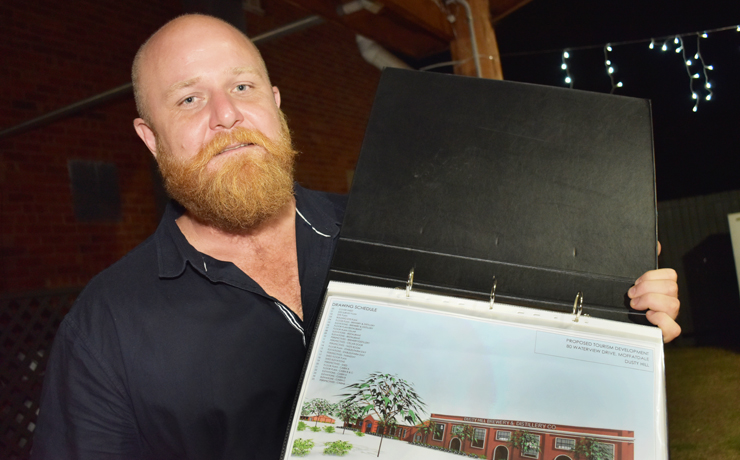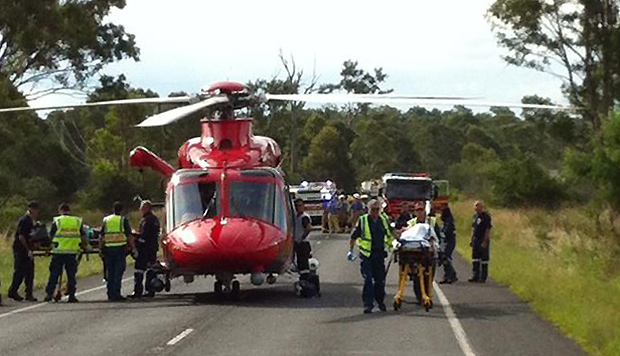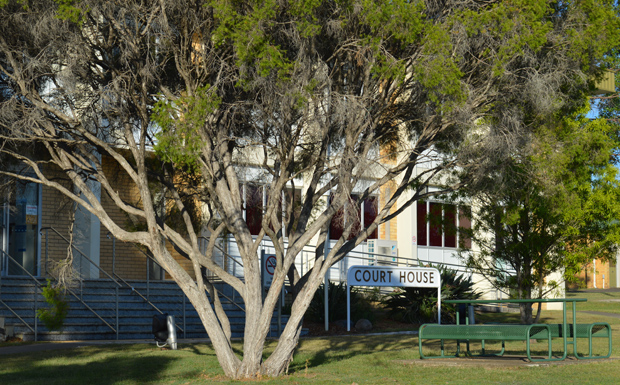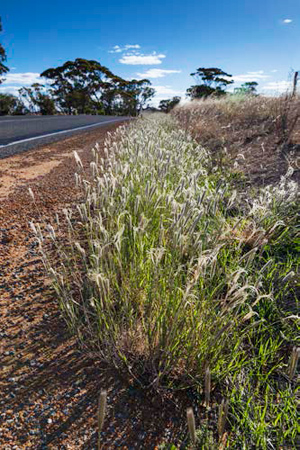
Four Australian populations of Feathertop Rhodes grass have been confirmed resistant to the key herbicide glyphosate.
Feathertop Rhodes grass (Chloris virgata) is an increasingly widespread annual sub-tropical weed.
It has expanded its presence significantly over the last 10 years, largely due to widespread adoption of no-till cropping and the shift to glyphosate-based weed control on road verges.
Dr Chris Preston, chair of the Australian Glyphosate Sustainability Working Group (AGSWG), said his group had confirmed two Feathertop Rhodes grass populations from cropping land in New South Wales and Queensland, and two from roadsides in South Australia, were now glyphosate-resistant.
“Glyphosate is normally effective on actively growing seedlings, but once Feathertop Rhodes grass begins to tiller it is tolerant of very high rates,” Dr Preston said.
“This is another unwanted world first for Australia.”
Feathertop Rhodes grass is usually found as a weed on roadsides, fence lines and unmanaged land, especially in summer rainfall areas and irrigated agriculture.
During the last 15 years it has become a major cropping weed in Queensland and northern NSW, as well as a problem in horticultural plantings such as vineyards.
It is also found on many roadsides in southern Australia.
The success of Feathertop Rhodes grass is due to the rapid production of large numbers of seeds that are easily shed from the heads.
The seed germinates if left on the soil surface, with sufficient moisture and temperatures above 25 degrees centigrade.
Seed banks appear to be short-lived at around 12 months, and burial of seed at any depth prevents germination.
Management strategies need to involve a range a tactics aimed at stopping the production of any fertile seed.
“This poses significant challenges on roadsides where most road managers have opted for glyphosate as the main strategy,” Dr Preston said.
“A shift to grass-selective Group A herbicides without a robust second ‘knock’ will lead to the rapid development of Group A resistance in this species.”
AGSWG suggest that all infestations need to be mapped and targeted to prevent spread.
People need to avoid carrying out roadworks or slashing when plants have heads, and shouldn’t move soil likely to be contaminated with seed to ‘clean’ areas.
The AGSWG is supported by the Grains Research and Development Corporation and key R&D-based crop protection companies with an interest in the sustainability of glyphosate.












